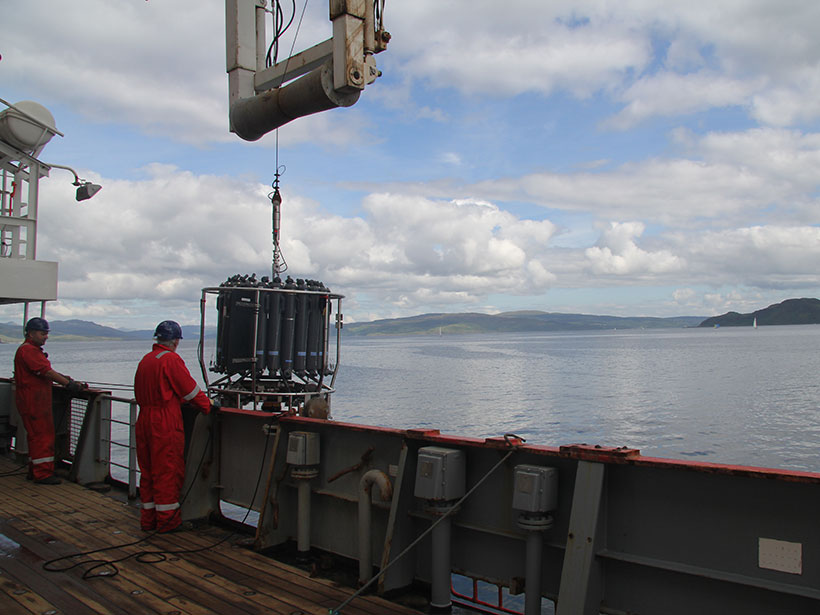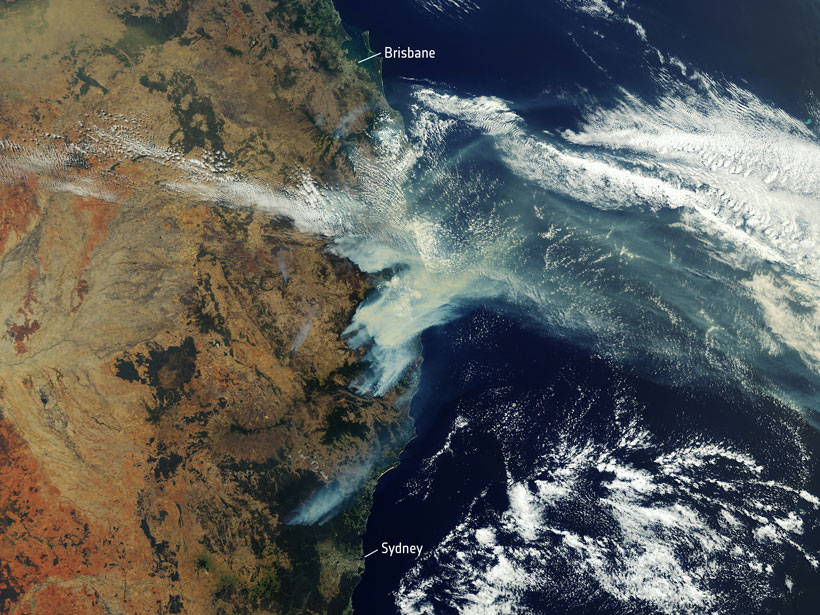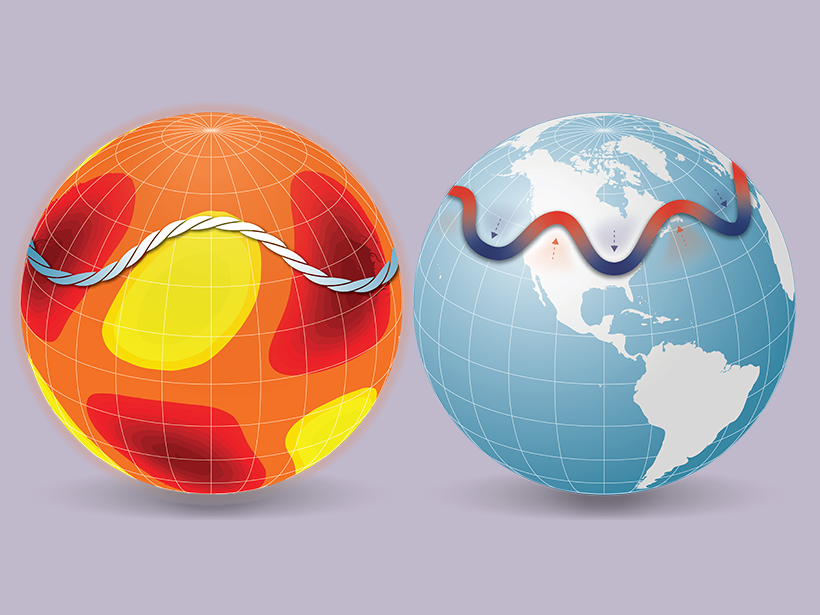The field of space weather forecasting could take cues from its Earthly counterpart to increase the reliability of models as well as warning times ahead of inbound solar storms.
Research Spotlights
Research spotlights are plain-language summaries of recent articles published in AGU’s suite of 24 journals.
Marine Nitrous Oxide Emissions off Northwest Europe
Continental shelves and estuaries are natural sources of nitrous oxide, but current global estimates of these emissions carry a lot of uncertainty, a problem that calls for regional studies.
El Ciclo del Carbono en el Agujero Azul Más Profundo de la Tierra
Científicos encuentran nuevos extremos mientras investigan el ciclo del carbono en el agujero azul de Yongle.
A First Look at Elusive Deep-Ocean Carbon Molecules
A new analytical technique enables direct analysis of dissolved organic carbon molecules that store carbon in the ocean for thousands of years.
How Does a Greening Arctic Affect Groundwater Recharge?
New research examines how shifts in aboveground ecology influence belowground hydrology in the Arctic.
Improving Atmospheric Forecasts with Machine Learning
An efficient, low-resolution machine learning model can usefully predict the global atmospheric state as much as 3 days out.
Tracking Tropospheric Ozone Since 1979
Stratospheric ozone depletion between 1979 and 2010 resulted in a slight decrease of ozone in the troposphere during that period despite increased ozone production from anthropogenic emissions.
How Much Modification Can Earth’s Water Cycle Handle?
The planetary boundaries framework defines how much human disturbance various Earth system processes can take, but it may not adequately depict the water cycle or the extent to which we’ve altered it.
A Revised View of Australia’s Future Climate
The most recent generation of models of the Coupled Model Intercomparison Project better captures rainfall drivers, extreme heat events, and other facets of regional climate.
Space Weather Forecasting Takes Inspiration from Meteorology
Solar features analogous to major atmospheric waves on Earth could offer more advanced warning of harmful solar storms.










